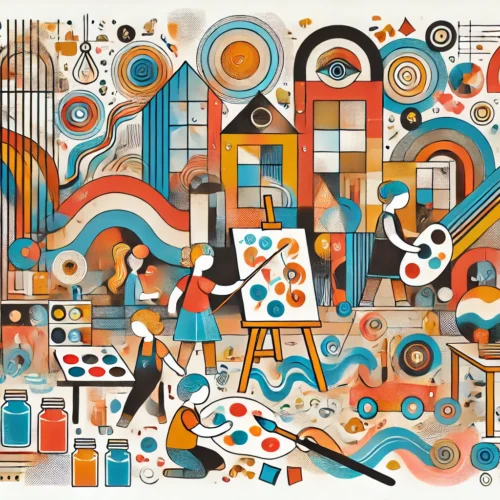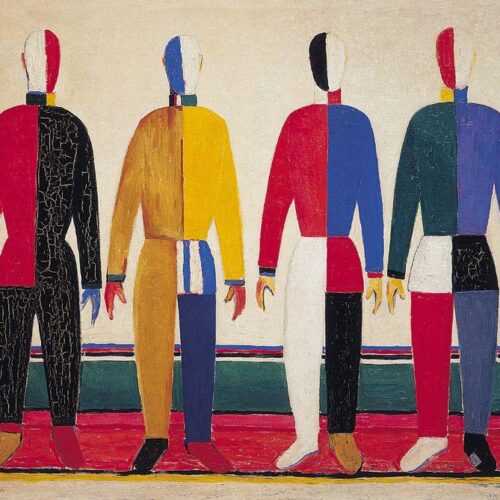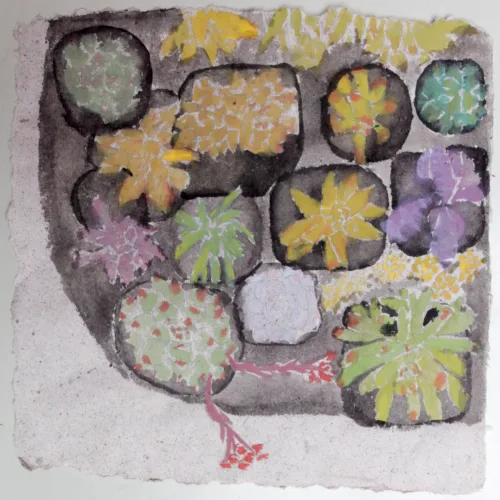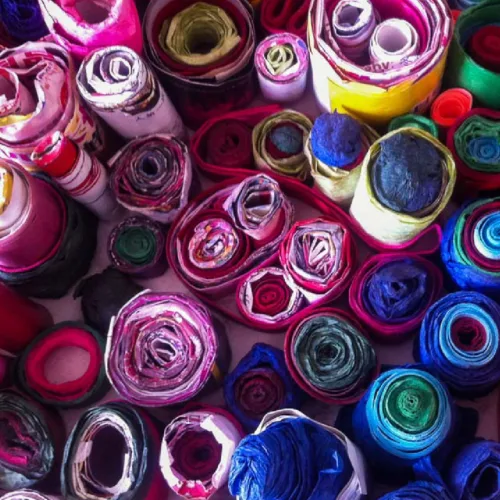In the Reggio Emilia approach, documenting the learning journey is a cornerstone of the educational experience. This method captures and reflects on children’s growth and development across various subjects, not just art. By documenting the entire learning process, educators can emphasize the importance of the journey over the final product. This practice supports the principles
Art Education
Classroom Cleanup Routines and Strategies: Cultivating Responsibility and Collaboration in the Classroom
Maintaining a clean and organized classroom is essential for fostering a holistic teaching environment. Involving students in the cleanup process not only keeps the space tidy but also promotes responsibility, collaboration, and a sense of community. These classroom cleanup routines align perfectly with the Reggio Emilia approach, emphasizing respect and communal living in the classroom.
Continue Reading
Reggio Approach
The Reggio Atelier: Where Creativity Takes Center Stage
When designing a Reggio Emilia-inspired classroom, one key element stands out—the Reggio Atelier. This dynamic and flexible space is more than just an art studio; it’s a hub of creativity and discovery where children explore their interests, develop critical thinking skills, and express themselves through various mediums. In this post, we’ll dive into what makes
Continue Reading
Art Education
Mastering Lesson Plan Design: Strategies for Creating Engaging Art Classes
“To complicate is simple, to simplify is difficult.” – Bruno Munari Have you ever kicked off a class by asking a seemingly trivial question like, “What color is the snow?” Simple questions like these can open up a world of discovery. In this post, we’ll walk through my process for designing lesson plans that are
Continue Reading
Art Education
What is Visible Learning?
In the landscape of modern education, the concept of visible learning has taken center stage, reshaping how we think about teaching and learning. At its heart, visible learning is all about making the learning process transparent and accessible to everyone involved. It’s a shift towards transparency, where the journey of acquiring knowledge isn’t hidden within the
Continue Reading
Inquiry-Based Learning
17 Engaging Nature Art Activities for Kids: Springtime Outdoors Play with Nature
Hey there! Can you feel it? Spring is finally here, and it’s the perfect time to get creative with nature! Why not encourage your little ones to connect with the outdoors and unleash their imaginative spirits? To help you out, we’ve searched the web and put together a handpicked collection of some of the most
Continue Reading
Art Education
What Color is the Snow? Winter-inspired process art activity for children
As the winter season unfolds, bringing its unique blend of snow-covered landscapes and chilly mornings, it’s the perfect time to engage children in a winter-inspired process art activity. “What Color is the Snow?” invites young minds to explore the enchanting world of colors, textures, and light, drawing inspiration from the serene beauty of winter. Rooted
Continue Reading
Art Education
The “New” Education Vocabulary
Diving into the world of education can sometimes feel like learning a new language. From “emotional literacy” to “Culturally Responsive Teaching,” the vocabulary of teaching and learning is ever-expanding, reflecting the dynamic nature of the field. That’s why this friendly glossary has been put together. Think of it as an educational compass, guiding you through
Continue Reading
Reggio Approach
What is an Emergent Curriculum? Cultivating Children’s Interests with the Reggio Approach
When it comes to teaching kids, there’s no one-size-fits-all solution. That’s where the concept of the emergent curriculum comes into play, a method that the Reggio Emilia approach to education really champions. This method isn’t about sticking to a rigid plan; instead, it’s all about tuning into what kids are curious about and using that to drive their









